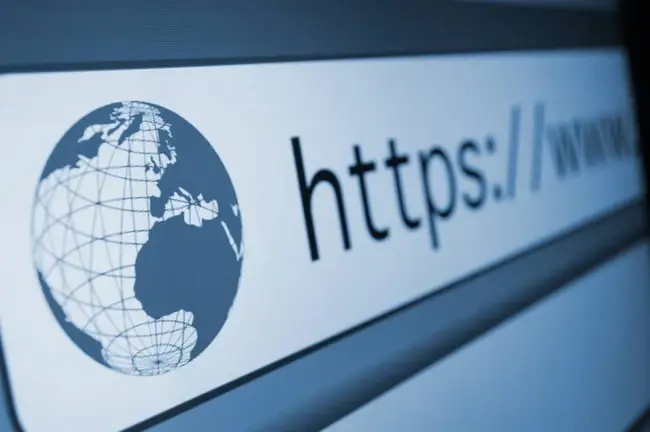Today, you would be hard-pressed to find a company without a website. An online presence has proven to be a powerful tool for generating revenue, gaining insights to your business through data, better communicating your brand message, and much more. In other words, websites are unsung heroes among your business assets and are simply non-negotiable for enterprises today. However, your website is also a gateway for significant damage. As we often see in the news, company sites can be a hotbed for cyber criminal activity. Hackers have sunk their teeth into the websites of businesses small and large, with even the most high-profile companies succumbing to criminal activity in relation to their online presence. Much of the emphasis surrounding securing a business's online presence is placed on hackers gaining access to a company's online assets. However, it's one thing to build a concrete wall of security measures around your website, but what about the threats that exist outside of these parameters? Cybersquatting is a significant threat which occurs outside of a business's network. An extension of domain parking, cybersquatters will register a 'copycat' website that looks as though it belongs to a business. To do so, they will buy domain names that look similar to a company's legitimate website, with a slightly different URL to fool potential customers. The difference in URL may be an Americanisation/British spelling where it shouldn't be, or a newly placed full stop, or a missing letter, but the general gist is a small, subtle difference to trick customers. If a customer unknowingly ends up on the 'fake' version of a website, they may engage with malware or unwittingly provide their personal details to fraudsters through online forms. Of course, the obvious concern is that there is very little you can do to guide customers to your legitimate website. Cybersecurity experts will know that education and vigilance go a long way, but when it's outside of your organisation, it's outside of your control. In other words, you can't educate your customers. Instead, you must think like a fraudster and ensure you're a step ahead of them in their own game.

How can organisations minimise the risk?
A simple step would be to simply purchase variations of your domain name. For example, insertenterprisenamehere.com should also consider purchasing insertenterprise.namehere.com or inserteneterprisenamehere.com and any other logical variation. This may also mean purchasing corresponding domain extensions such as .net or .biz too. Similarly, you must proactively seek out fraudulent variations of your site. Think like an attacker, and also think like a consumer. What possible misspellings would pave the way for a false website? As mentioned before, it could even be down to location; British versus American spellings could be easily missed, such as the difference between exampleoforganisation.com and exampleoforganization.com. To further bolster your protection, consider having a registered trademark. This way, if you ever come across a fraudulent website acting as an imposter to your own, you have more strength for when you tackle it. In the UK, you can register a trademark through the GOV or IPO sites.
Enjoy this article? Why not check out the Top 5 AI influencers to be following today?







Comments ( 0 )